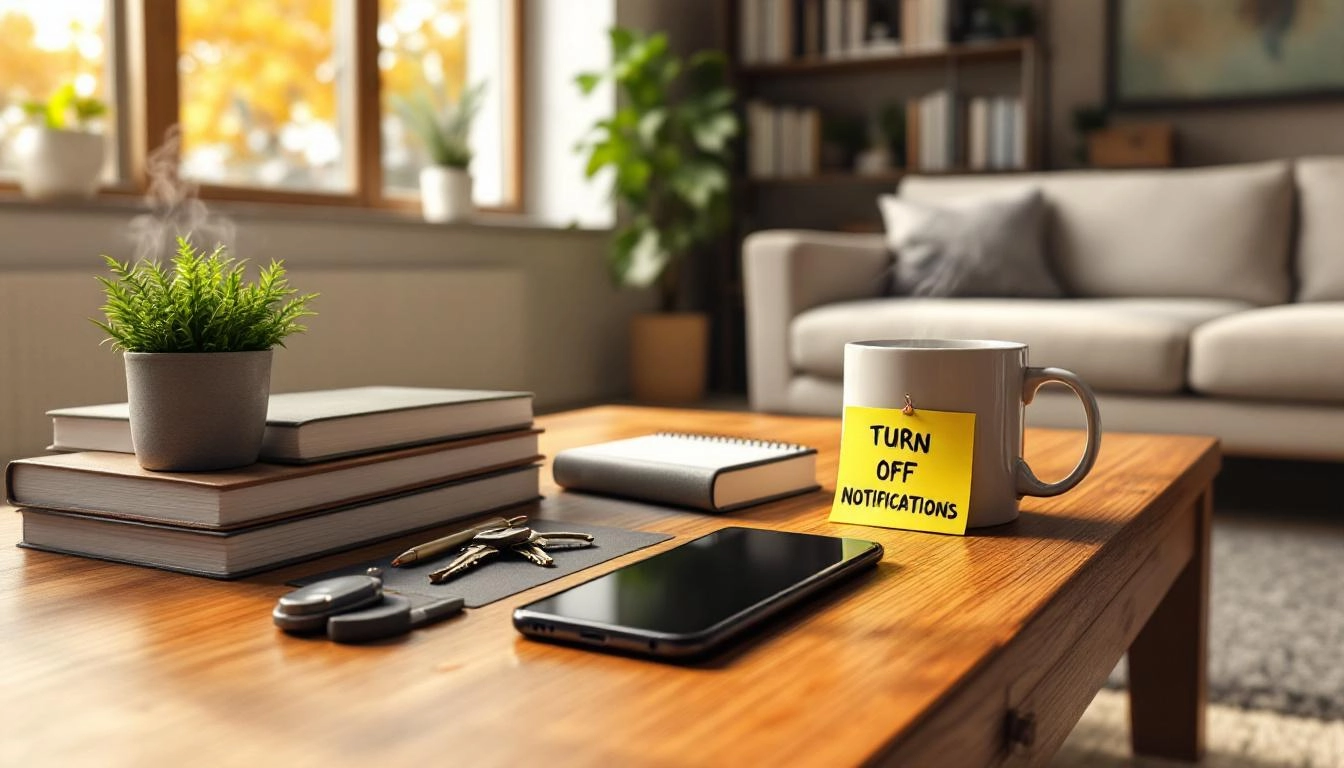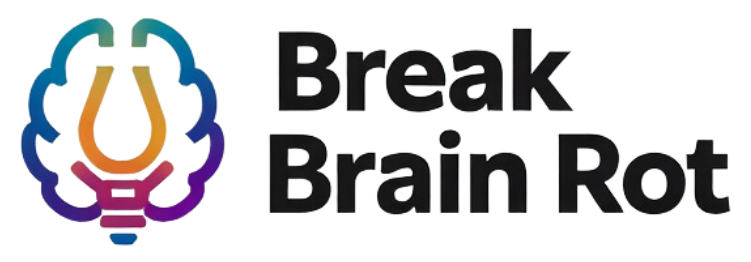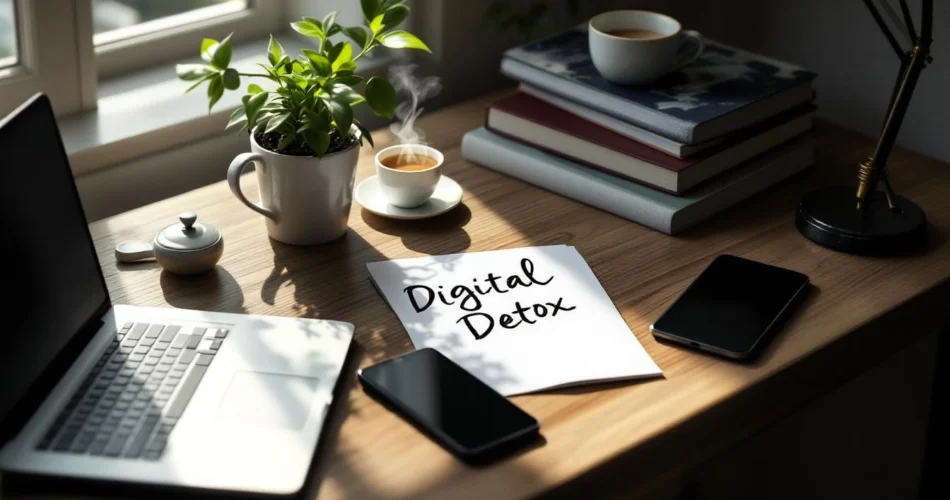Did you know the average adult spends over seven hours per day staring at screens? While technology helps us stay connected, it also steals our focus, drains our energy, and impacts mental health. That’s why proven digital detox strategies have become essential tools for restoring balance in our tech-saturated world. These strategies aren’t about abandoning technology—they’re about using it mindfully so you can reset, refocus, and reclaim your time. In this comprehensive guide, we’ll explore how effective digital detox strategies can transform your productivity, improve relationships, and enhance your overall wellbeing.
Table of Contents
- Understanding Digital Detox and Its Importance
- Recognizing the Signs You Need a Digital Detox
- Proven Digital Detox Strategies for Everyday Life
- Long-Term Benefits of Practicing Digital Detox Strategies
- Tools and Resources to Support Your Digital Detox Journey
- Frequently Asked Questions
- Conclusion
Understanding Digital Detox and Its Importance
What Is a Digital Detox?
A digital detox refers to taking deliberate breaks from digital devices like smartphones, computers, and social media. According to Harvard Health, intentional disconnection allows your mind to reset, reducing stress and promoting real-world interactions. The core idea isn’t to reject technology but to redefine your relationship with it—making sure you’re in control of your screen time, not the other way around.
Why Our Brains Crave Constant Connectivity
Every notification triggers a small dopamine release, reinforcing our urge to check devices. This cycle can quickly become addictive, as explained in The Science of Screen Addiction. Over time, we associate constant connectivity with satisfaction, even though it often leads to distraction and mental fatigue.
The Mental and Physical Benefits of Digital Detox
Stepping away from screens can lead to deeper sleep, reduced anxiety, and enhanced creativity. Frequent detox periods help you focus on meaningful tasks, connect more authentically with others, and regain a sense of inner calm.

Recognizing the Signs You Need a Digital Detox
Common Indicators of Digital Overload
If you find yourself refreshing social media for no reason or struggling to concentrate on offline activities, these are common signs of digital fatigue. Other symptoms include poor sleep, insomnia, and reduced attention span.
Assessing Your Digital Habits
Start by examining your screen usage through built-in tracking apps or digital wellness tools. Reflect on when and why you use your devices—is it out of necessity or habit? Tracking these patterns helps you identify areas where change is needed.
Emotional Cues to Watch For
Frequent anxiety, irritability, or fear of missing out (FOMO) often indicate dependency on digital engagement. Recognizing these emotions early allows you to implement digital detox strategies before burnout sets in.
Proven Digital Detox Strategies for Everyday Life
Implementing Tech-Free Zones
Designate specific spaces—like your bedroom or dining area—as device-free. According to the National Sleep Foundation, removing screens from the bedroom can significantly improve sleep quality. Encourage family members to adopt similar practices for stronger offline connections.
Setting Scheduled Screen Time Limits
Use built-in tools like Apple’s Screen Time or Android’s Digital Wellbeing to control your daily use. Establish “no-phone hours” before bed or during meals. The goal isn’t strict restriction but mindful usage. Apps that block notifications or track usage trends can help you stay consistent.
Replacing Screen Time with Mindful Activities
Whenever you reach for your phone out of boredom, replace the impulse with a mindful alternative—journaling, walking, or creative hobbies. Try integrating relaxation methods from Mindfulness Practices for Stress Relief to help you reconnect with the present moment and reduce anxiety.
Long-Term Benefits of Practicing Digital Detox Strategies
Enhanced Productivity and Creativity
Continuous multitasking fragments focus. By limiting screen use, you regain the mental clarity needed for deep work. You’ll notice tasks completed faster and ideas flowing more naturally.
Improved Interpersonal Relationships
When you give undivided attention to real-world conversations, relationships thrive. Eye contact, active listening, and in-person interactions deepen emotional connections—something constant scrolling often prevents.
Sustainable Wellbeing and Mental Clarity
Committing to digital wellness long-term fosters emotional balance. You’ll experience fewer mood swings, sharper focus, and more energy throughout the day—a foundation for true, sustainable wellbeing.
Tools and Resources to Support Your Digital Detox Journey
Apps That Encourage Mindful Usage
Consider apps like Forest, Freedom, or Moment to manage screen time and encourage focus. They help set goals and reward you for disconnecting.
Offline Hobbies and Communities
Join local clubs or explore real-world social networks through platforms like Meetup. Activities like hiking, yoga, or volunteering promote mindful engagement and reduce reliance on devices.
Professional Guidance and Support Networks
If you’re struggling to break addictive patterns, digital wellness coaches or therapists can help create personalized plans. Learn more about developing healthy routines from How to Build Sustainable Wellness Habits.
Frequently Asked Questions
What are the most effective digital detox strategies for beginners?
Start small—set device-free hours daily or keep your phone outside your bedroom. Gradual changes build momentum for a full detox.
How long should a digital detox last to see results?
Even a weekend of limited screen use can reset your brain’s reward system. For longer-lasting results, practice short detox periods weekly.
Can I practice a partial digital detox while keeping necessary technology use?
Absolutely. Focus on cutting unnecessary scrolling and social media time, not productive or essential tech use.
How can digital detox strategies improve sleep?
Reducing blue light exposure before bed helps your body produce melatonin, improving sleep quality and duration.
Are there apps that help me unplug?
Yes—tools like Freedom and Forest limit distractions by blocking specific apps and encouraging mindful breaks.
Conclusion
As technology becomes increasingly intertwined with daily life, adopting proven digital detox strategies helps you reclaim focus, peace, and control. Start by making small shifts—set tech-free zones, rediscover offline passions, and practice digital mindfulness. Over time, you’ll notice improved concentration, deeper relationships, and improved quality of life. Ready to take your next step toward digital wellbeing? Explore Building a Healthier Online Lifestyle to continue your journey toward balance and clarity.

